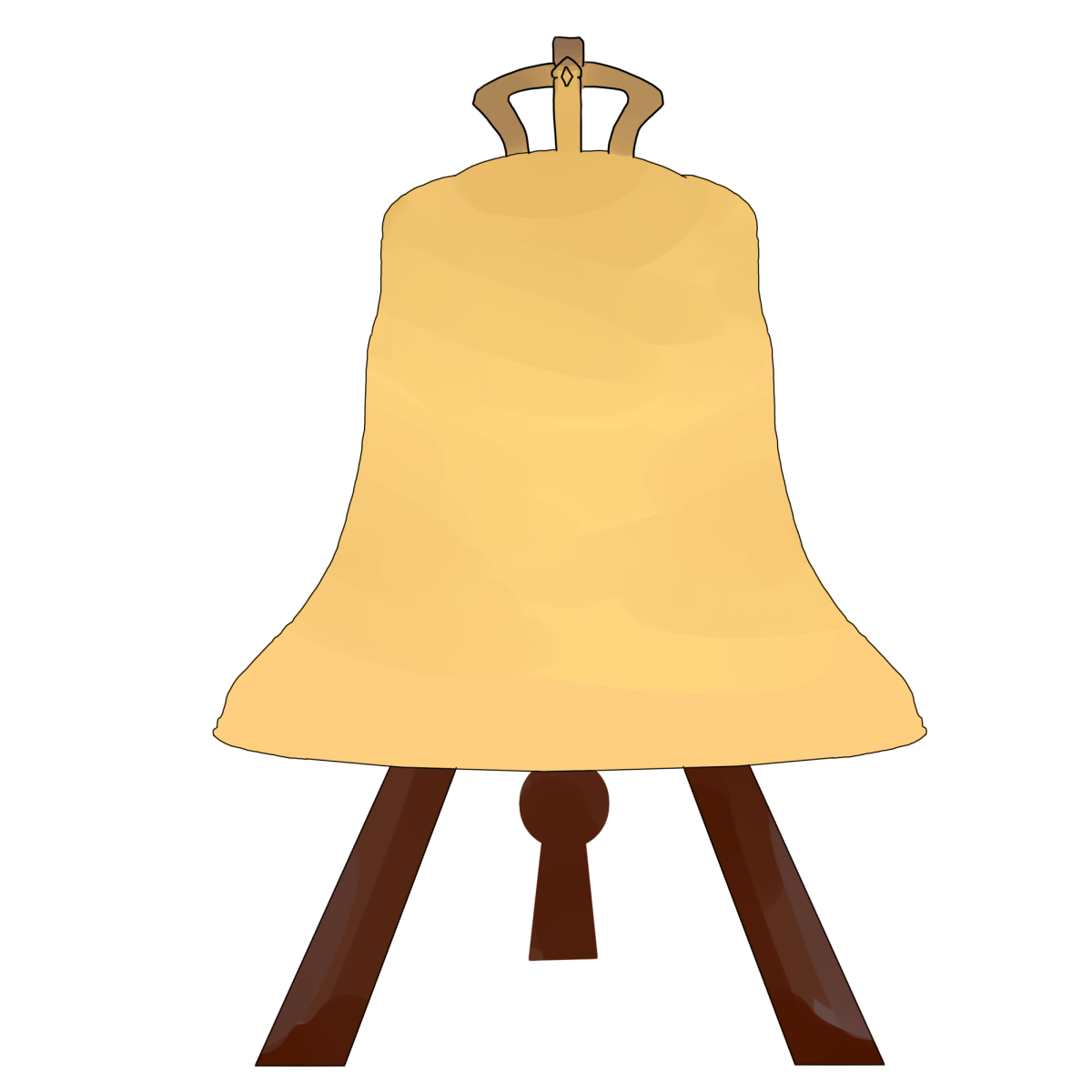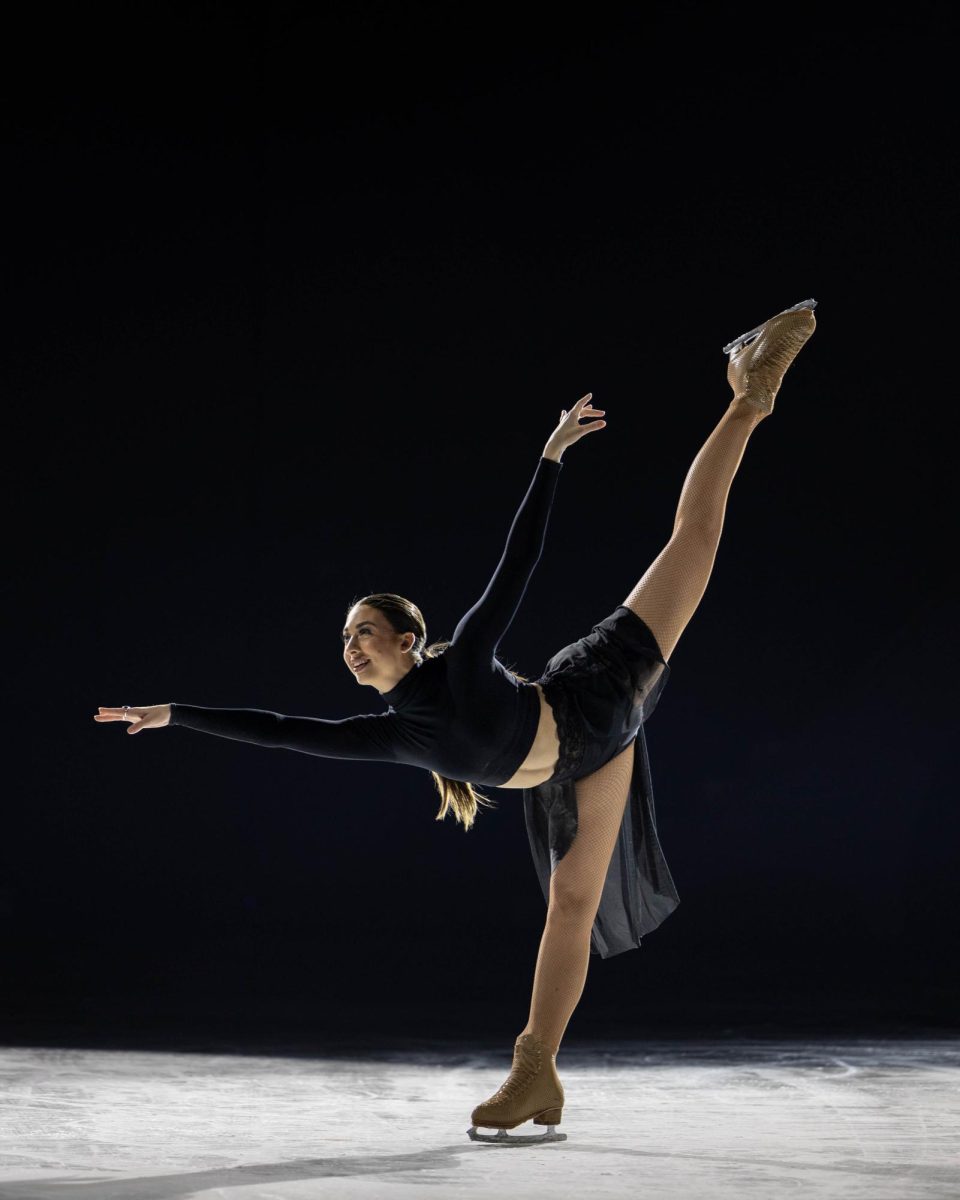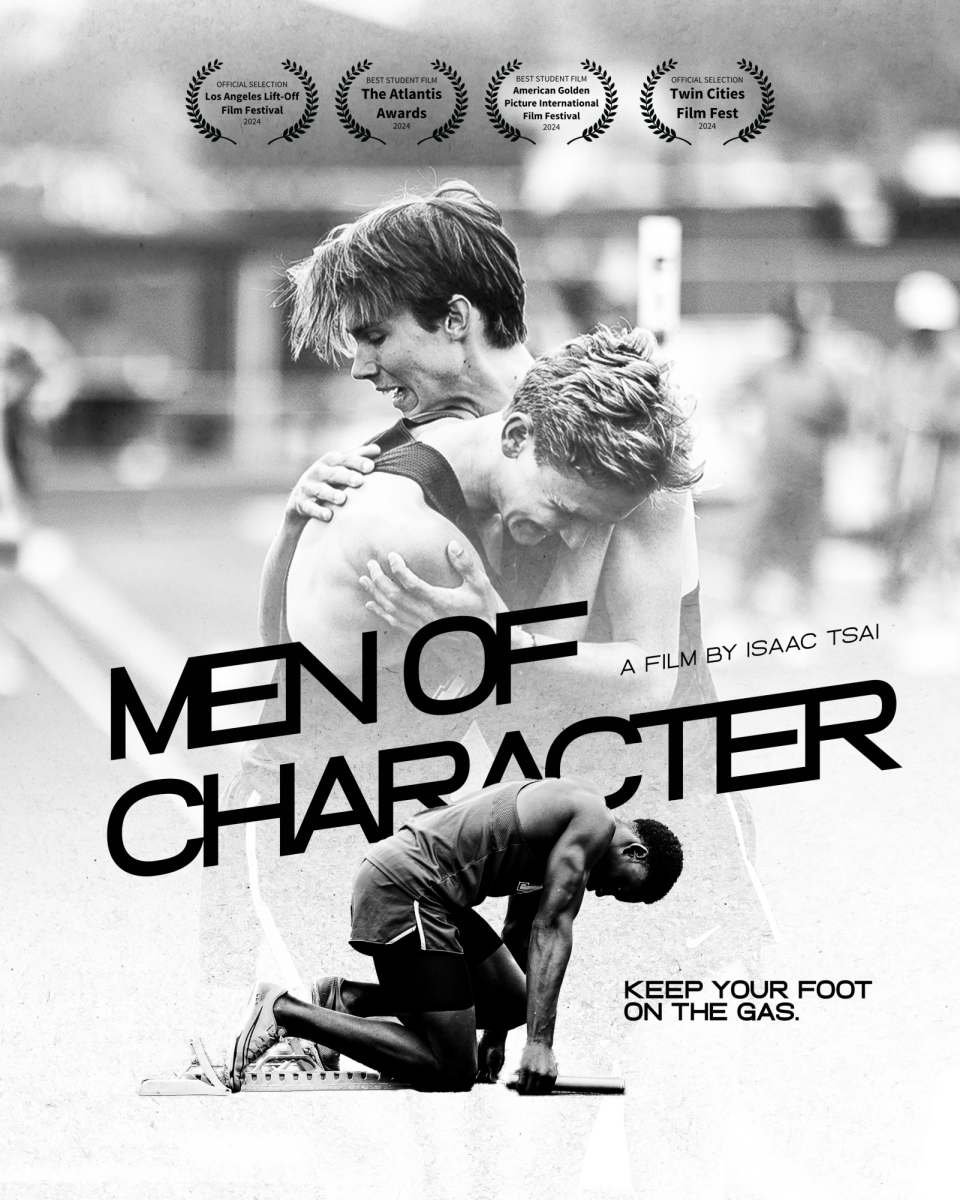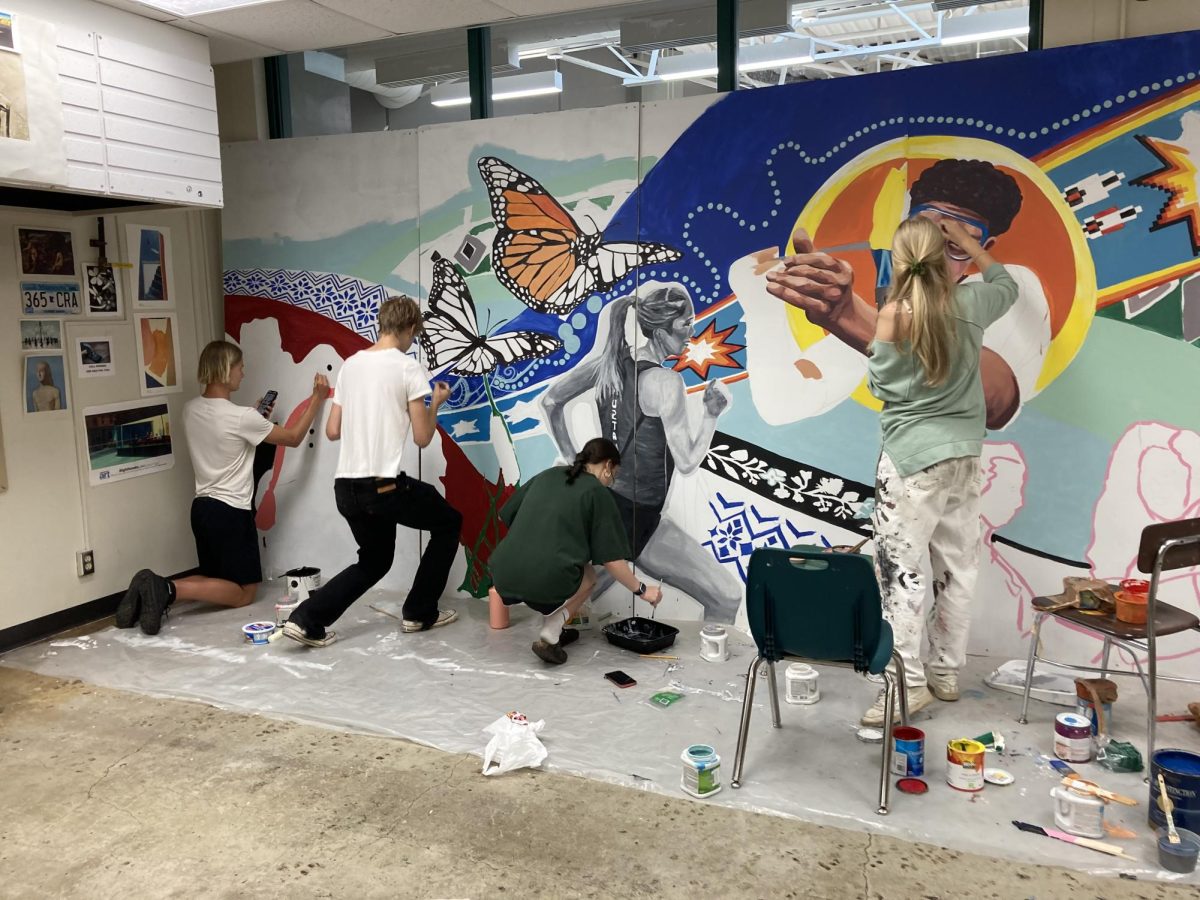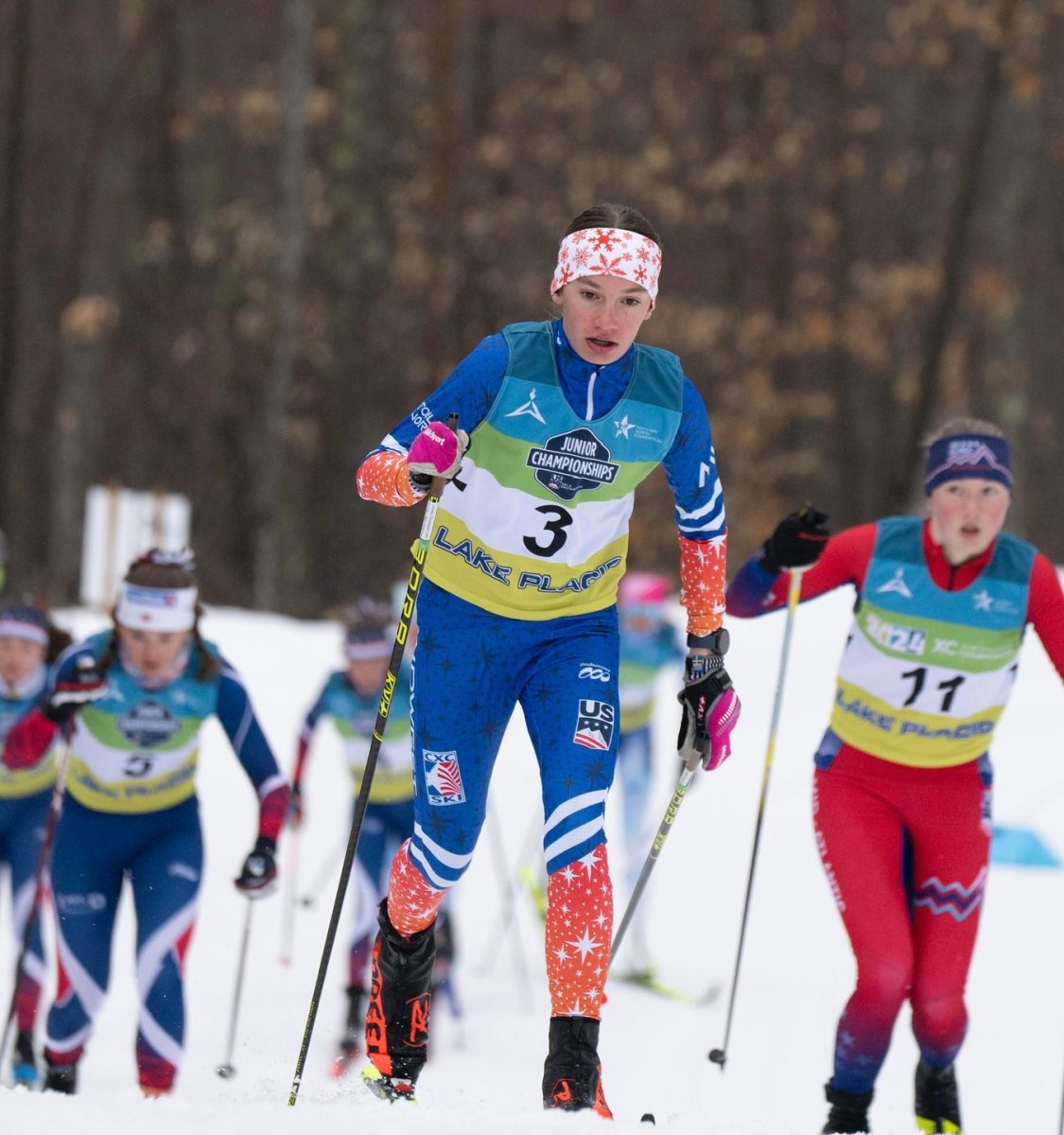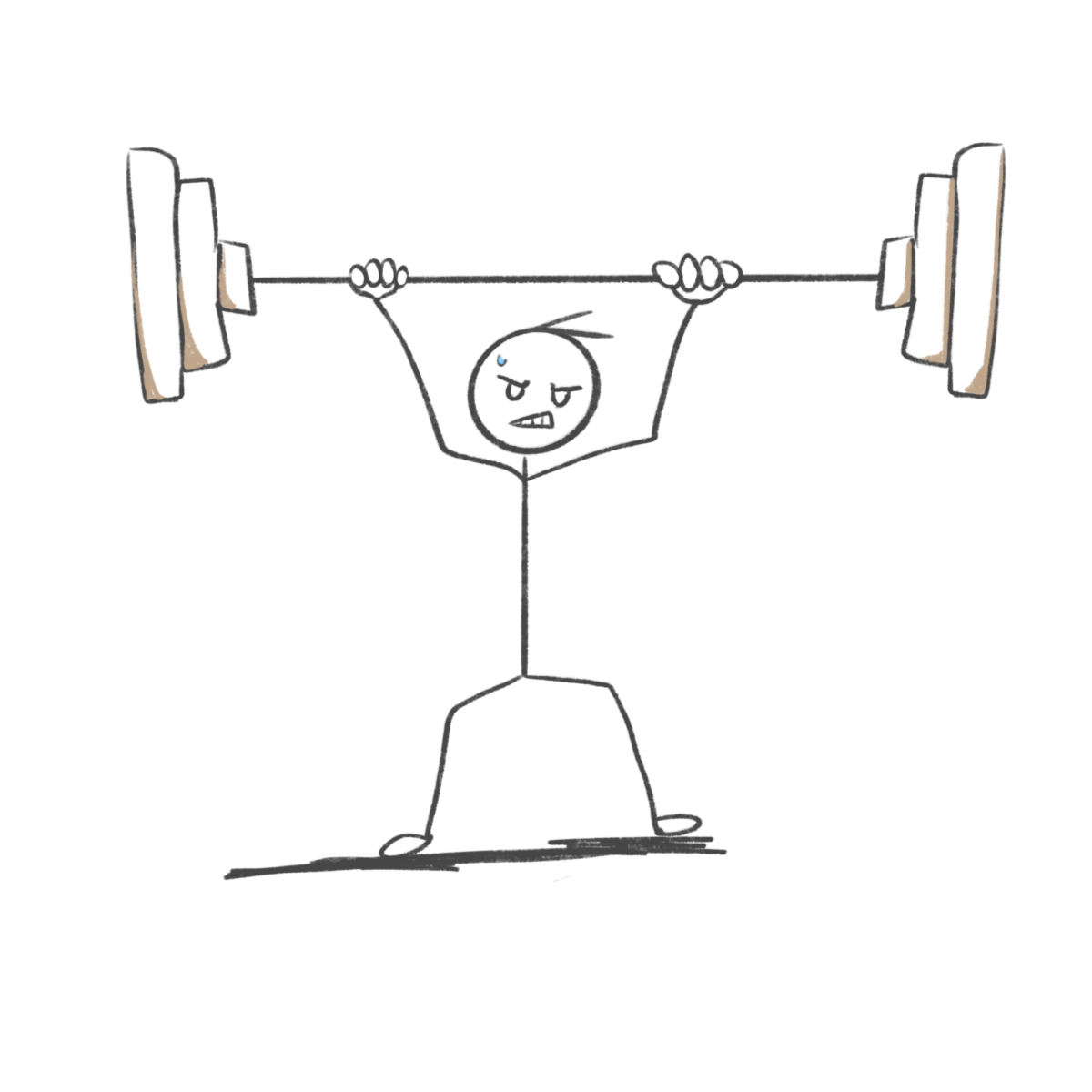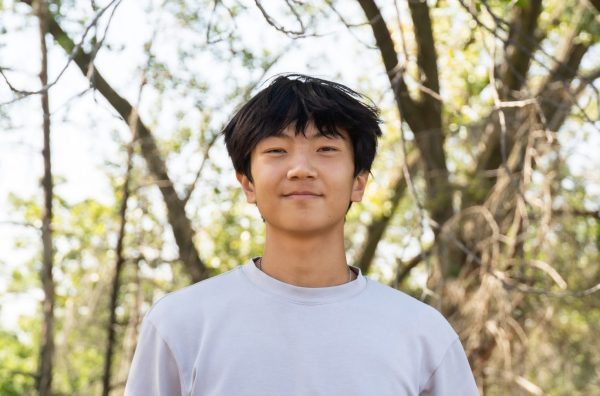The winter arc trend has recently gained massive traction on social media. Although the trend is a recent phenomenon, the concept has been around for a long time. Similar to new year’s resolutions, the goal of the winter arc is to improve one’s body and mind during the cold winter months and give participants a head start on setting good habits to start off the new year.
As per the TikTok trend, a winter arc typically begins on Oct. 1 and ends on Jan. 1. According to Buzzfeed, while many people tend to use winter to slow down before the new year or retreat during the cold, those who participate in a winter arc are committed to refocusing on self-development. For some, setting goals through the winter arc can motivate people to roll their healthy habits into the new year sustainably, rather than creating unrealistic new year resolutions on Jan. 1.
Much of the allure of the winter arc is its versatility. Junior Liam Sonner highlighted the wide array of aspects about oneself that one could improve such as skincare, haircuts, better hygiene and exercise. It also allows for open-ended goals, making it easier to participate in. The threshold for entrance into the world of the winter arc is purposefully and intentionally low, and participants can focus on whatever suits their needs. This contrasts with many other fitness and self-improvement challenges, such as specific diets or workout regimes like 75 Hard, that require fixed goals.
Although the winter arc is meant to help people in a positive way, it can also become harmful. On TikTok, some participants are seen taking measures extremely far, cutting out all distractions, sources of “fun” and processed foods, or simply just using all-or-nothing language to describe their new habits. Furthermore, the winter arc does not call for complete isolation, but some fall into a dangerous mindset of solitude or cutting others off as the only way to improve or remake themselves. Senior Olmasaan Ebisso has fallen into this mindset with his idea of the winter arc. “Cut[ting] out all the bad things in your life, like women, that’s the main thing,” he said.
However, this mindset of cutting others off to become better or stronger alone can not only be harmful, but has ties to incel culture and hyper-masculinity. By believing themselves better than people who do not participate in the trend, those following a winter arc can be left with an inflated sense of self or a lack of empathy. The different interpretations of what a winter arc entails has also caused a division in the community.
This division is best seen on social media and in the negative effects of the trend, namely increased comparison and sometimes lower self-esteem. “It’s just a way for social media [influencers or creators] to compare themselves to each other and feel bad about themselves,” said senior Kian Ouke. The emphasis on self-comparison was the greatest point of discomfort among students who participated in the trend and participants all around.
Because the trend is prevalent on TikTok, the winter arc’s implied expectation to post about it online can cause people to compare each other’s progress, often leading to feelings of inadequacy. “Self-comparison…some people say is the thief of joy… that’s not the best, comparing yourself to others,” said senior Evan Peterson.
The winter arc trend, when executed correctly, can allow for substantial self growth, new habits and a healthier life. Conversely, when executed incorrectly, it may lead to a downward spiral of vain self-comparison and harmful communities like the incel community. Regardless of the positives and negatives, the term winter arc has gained prevalence and fame in online circles, and led to many having a different outlook on the last few months of the year.





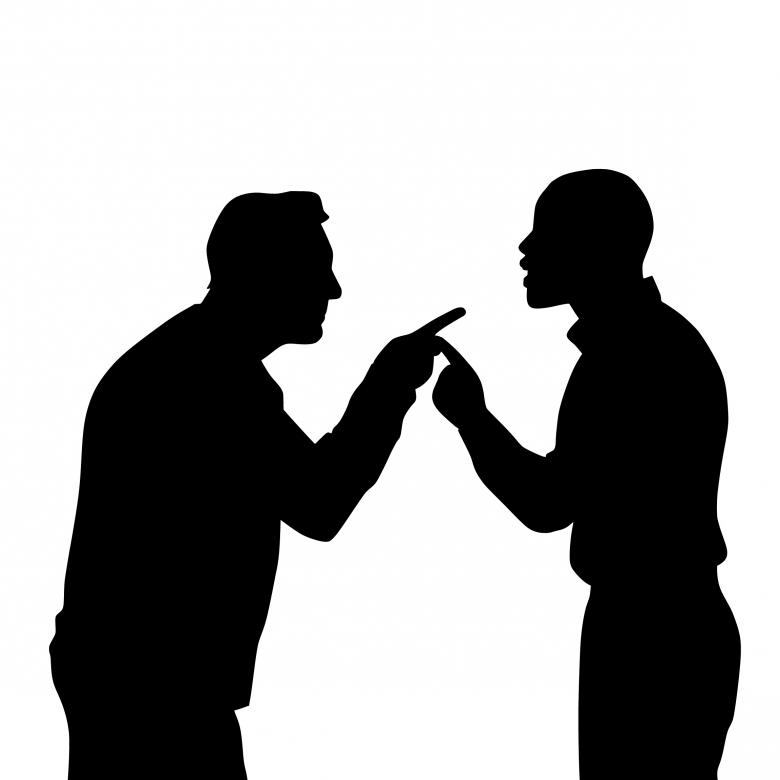
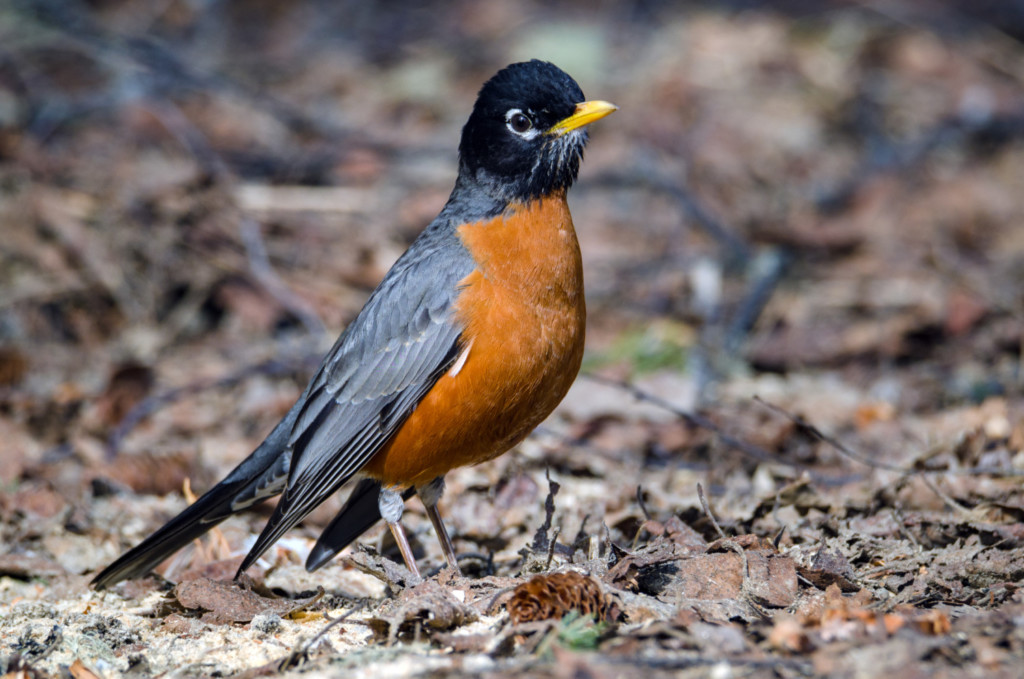
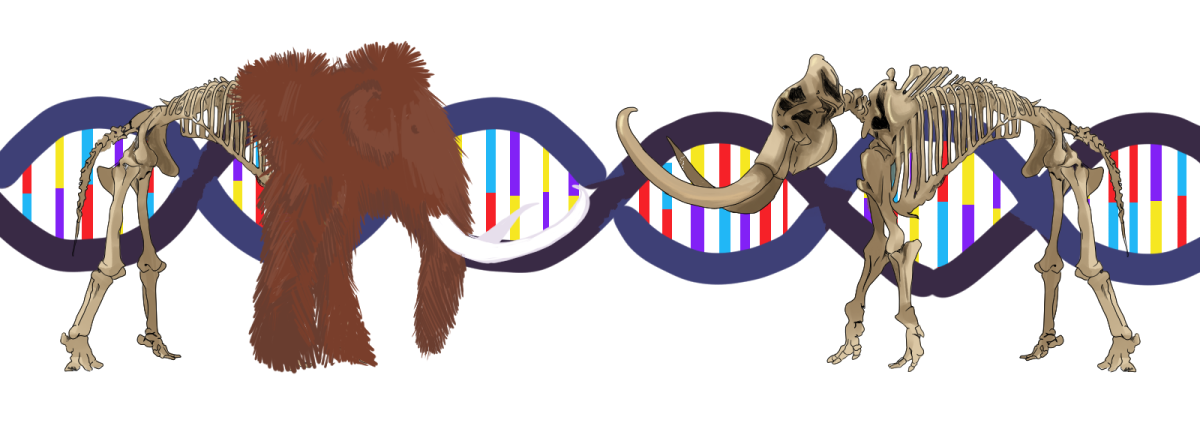
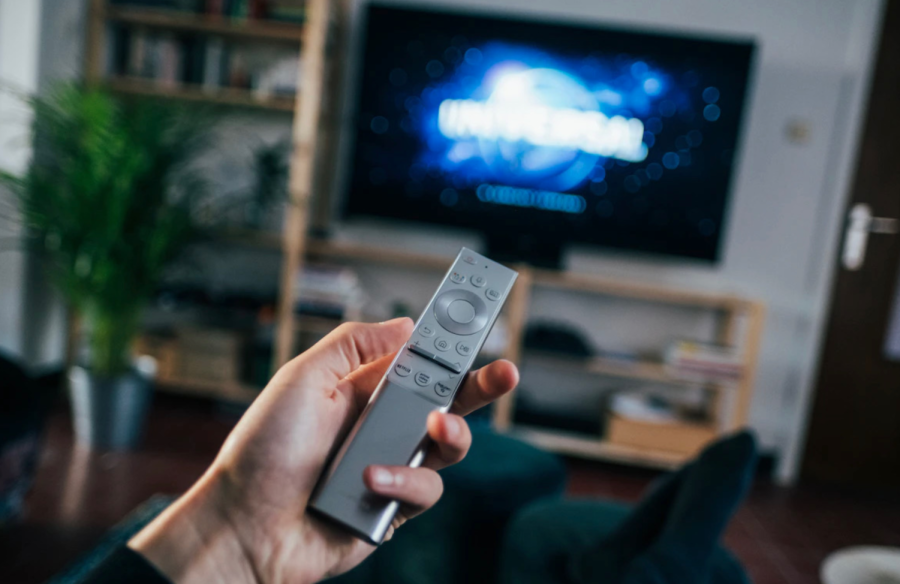

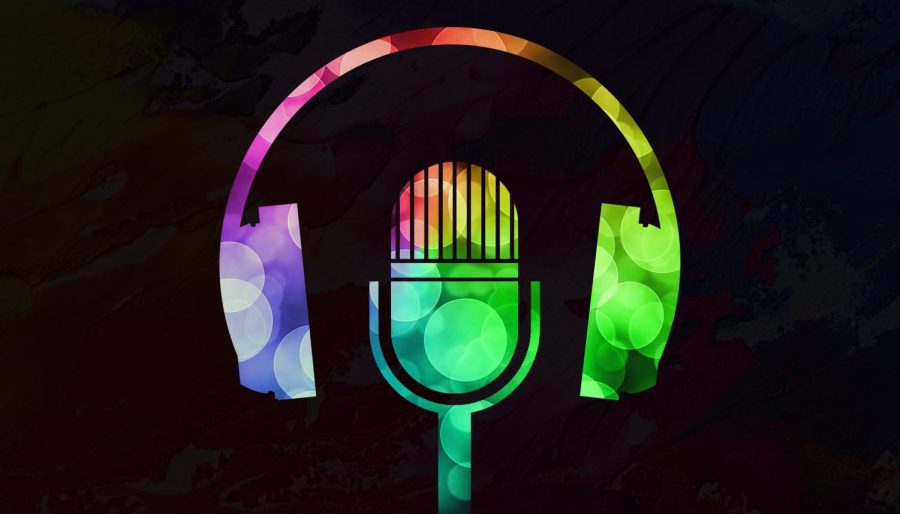
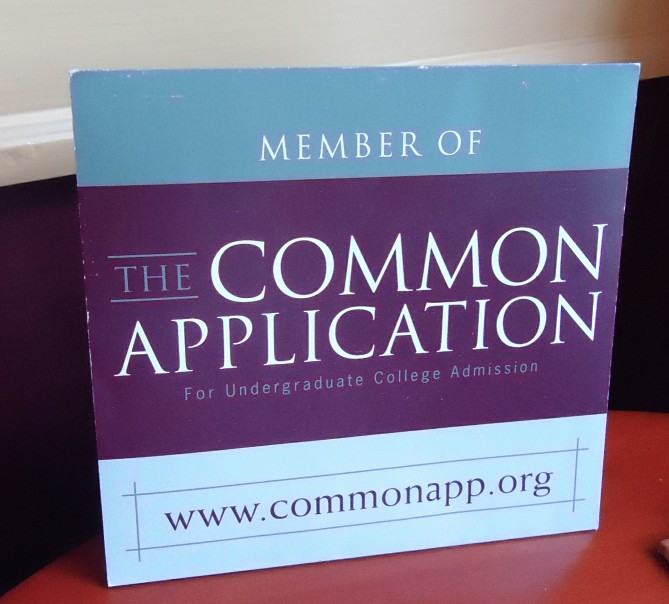


![[DEBATES] Prestigious colleges: value or hype?](https://www.mvviewer.org/wp-content/uploads/2024/12/buildings-1200x654.png)
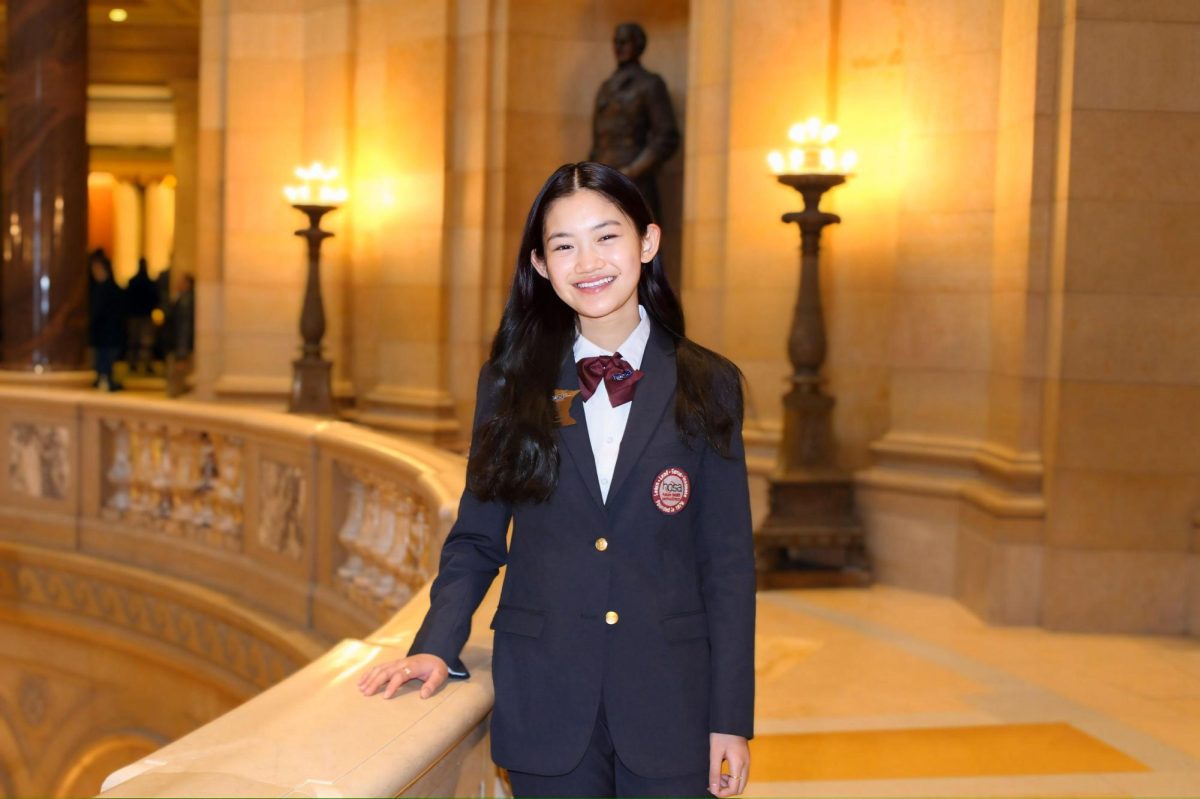
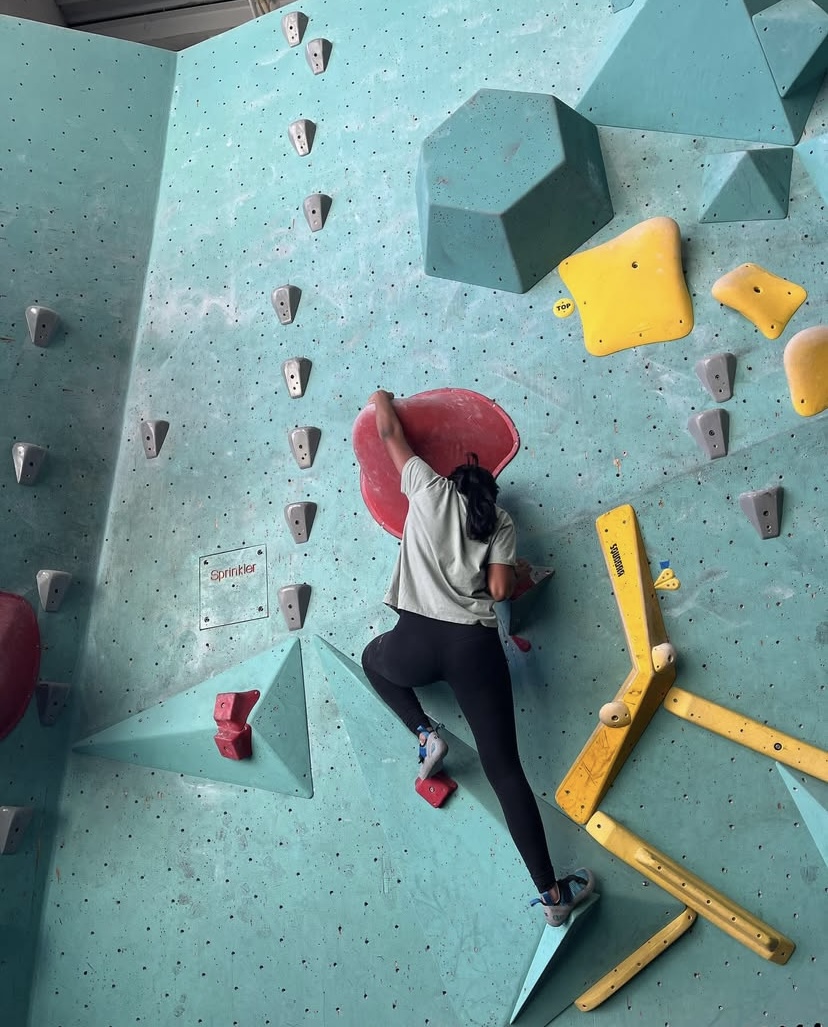

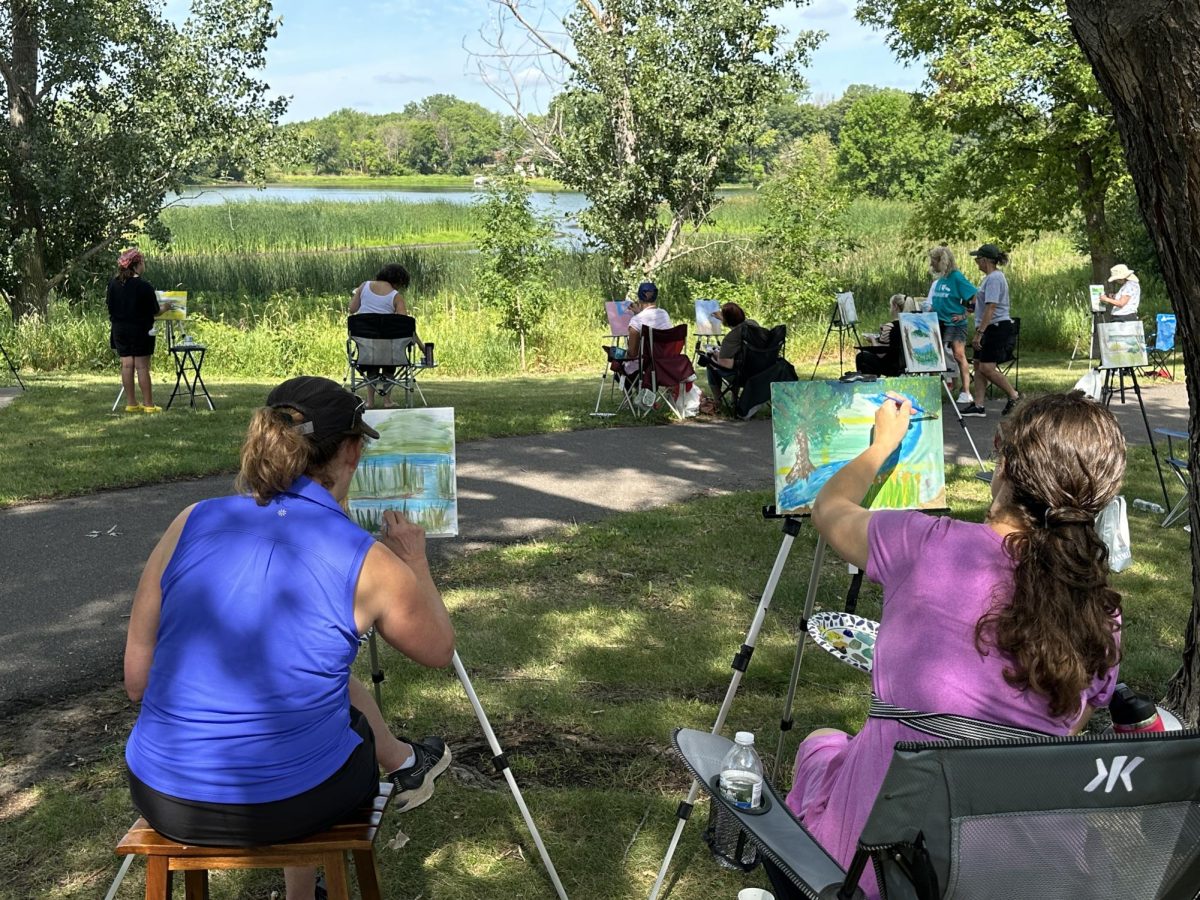
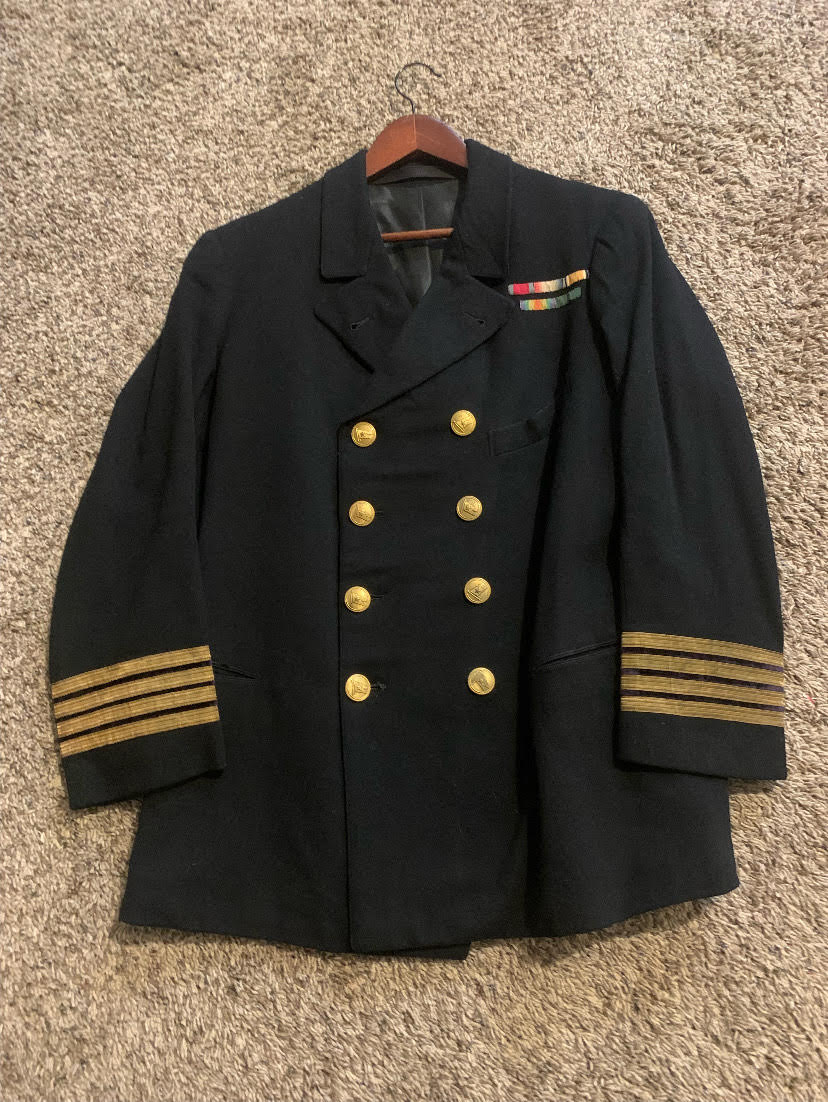

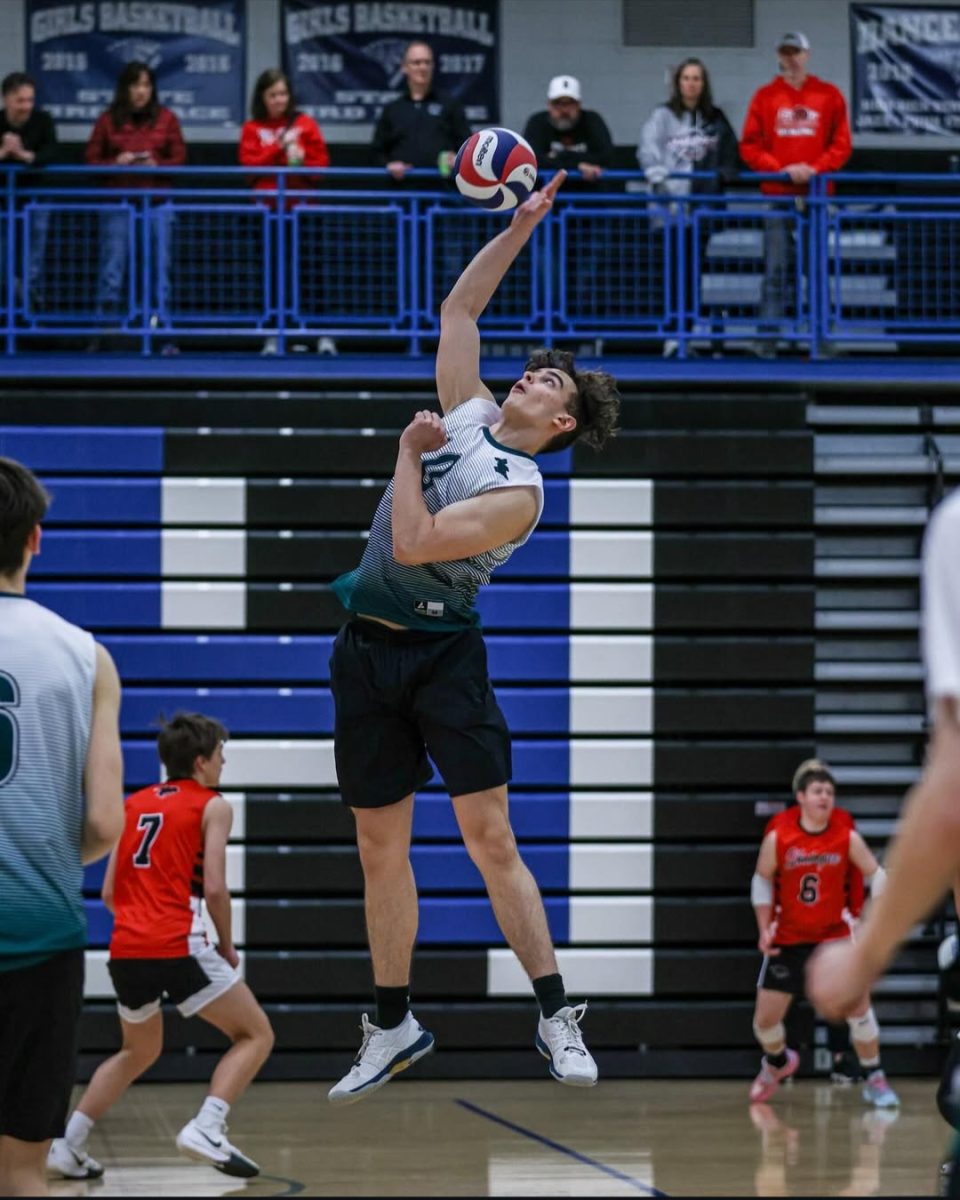
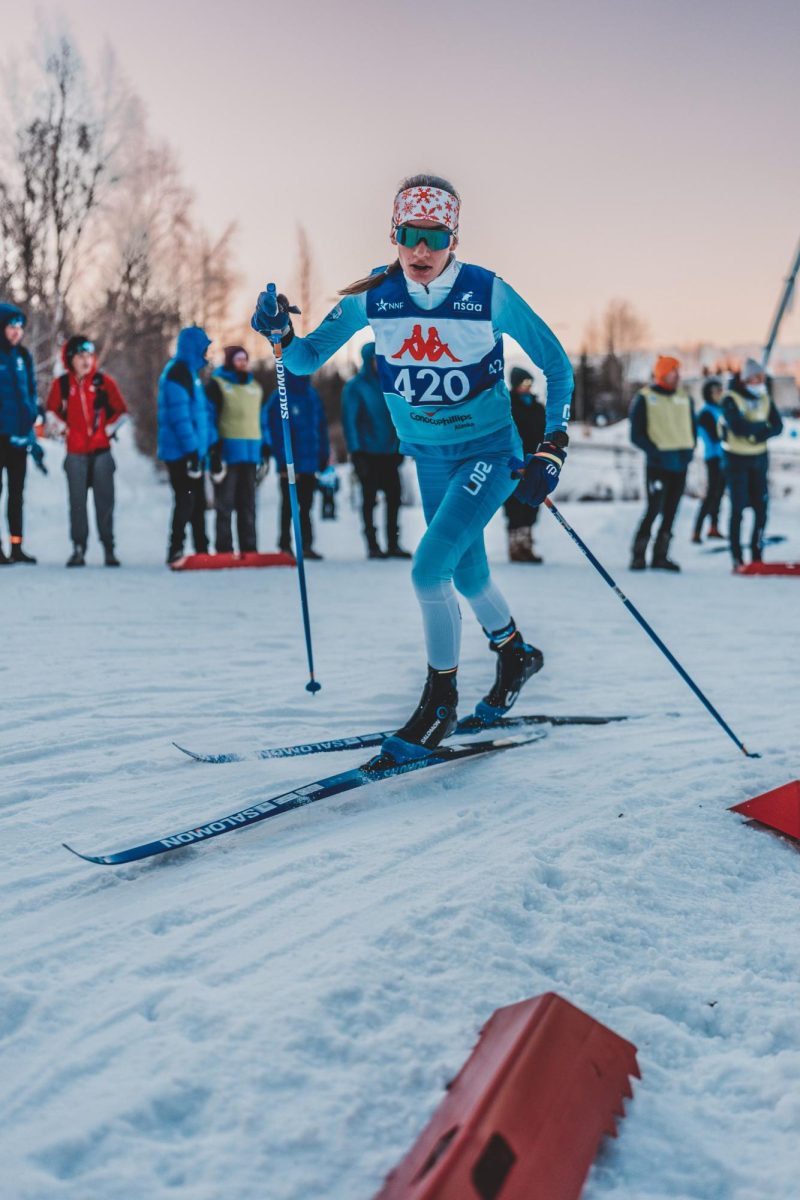

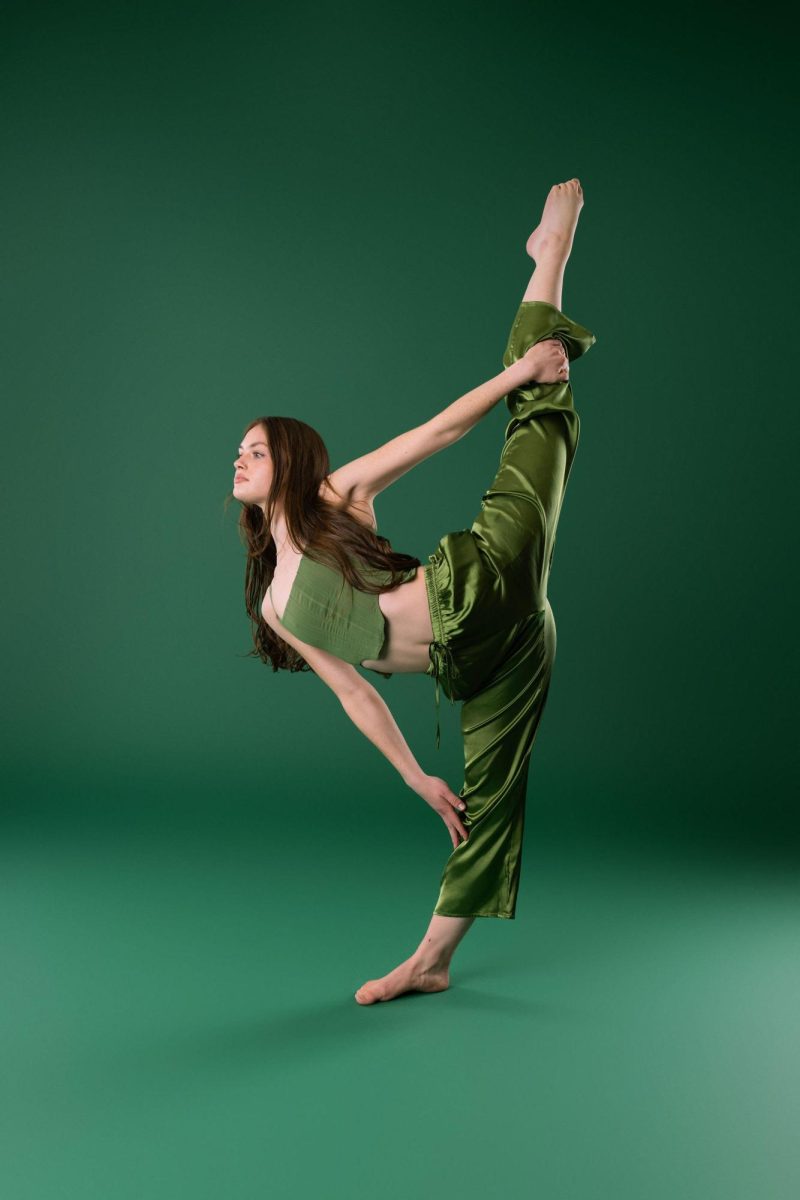

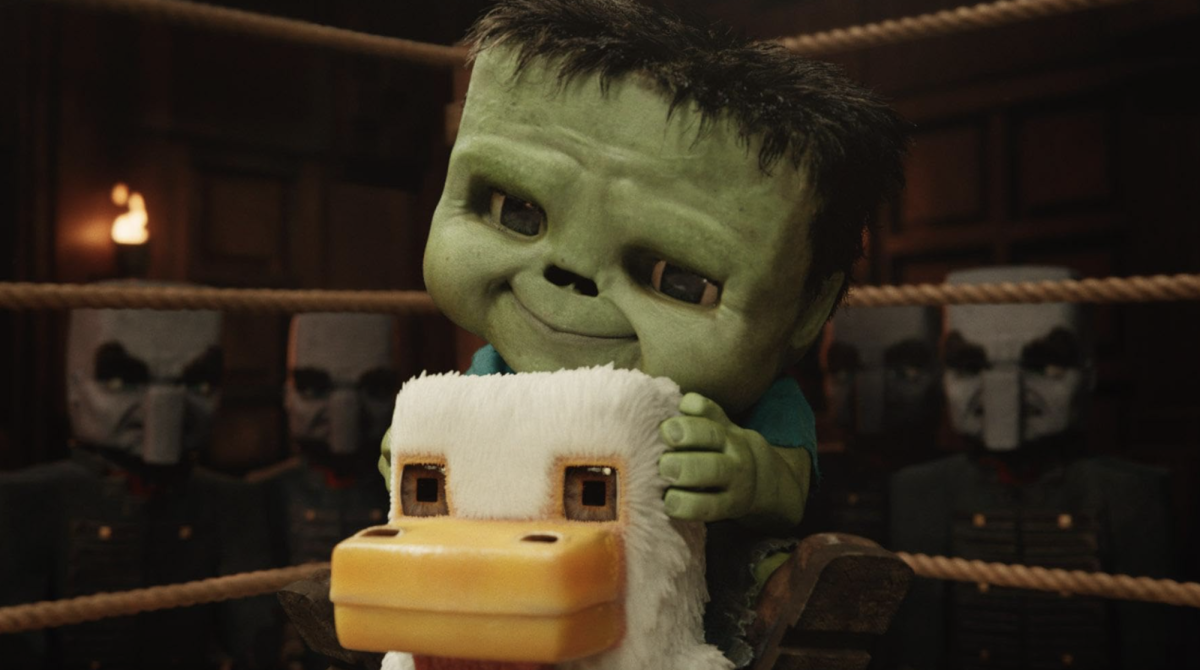

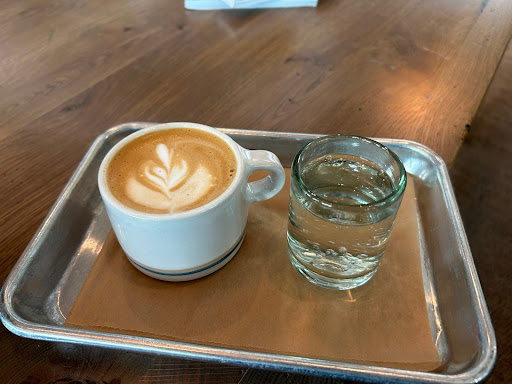
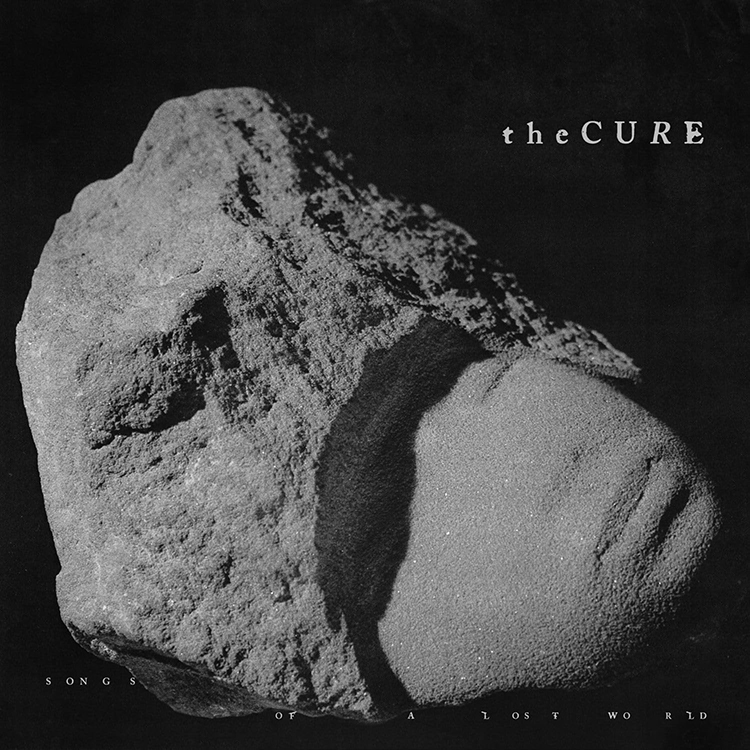

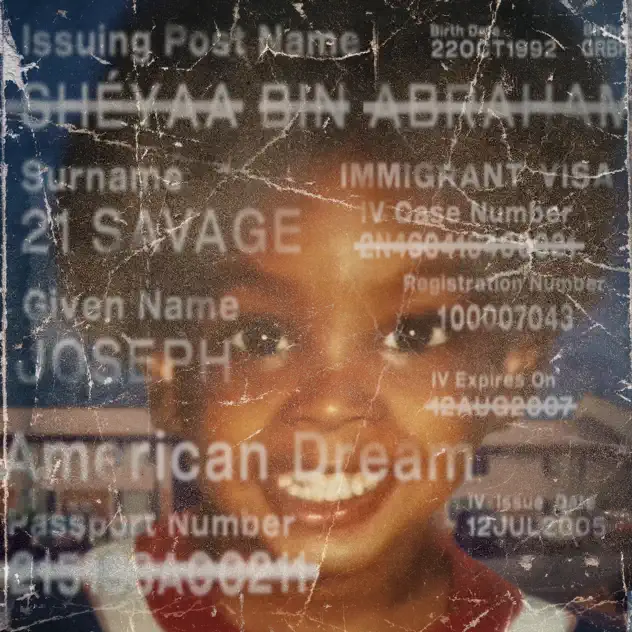
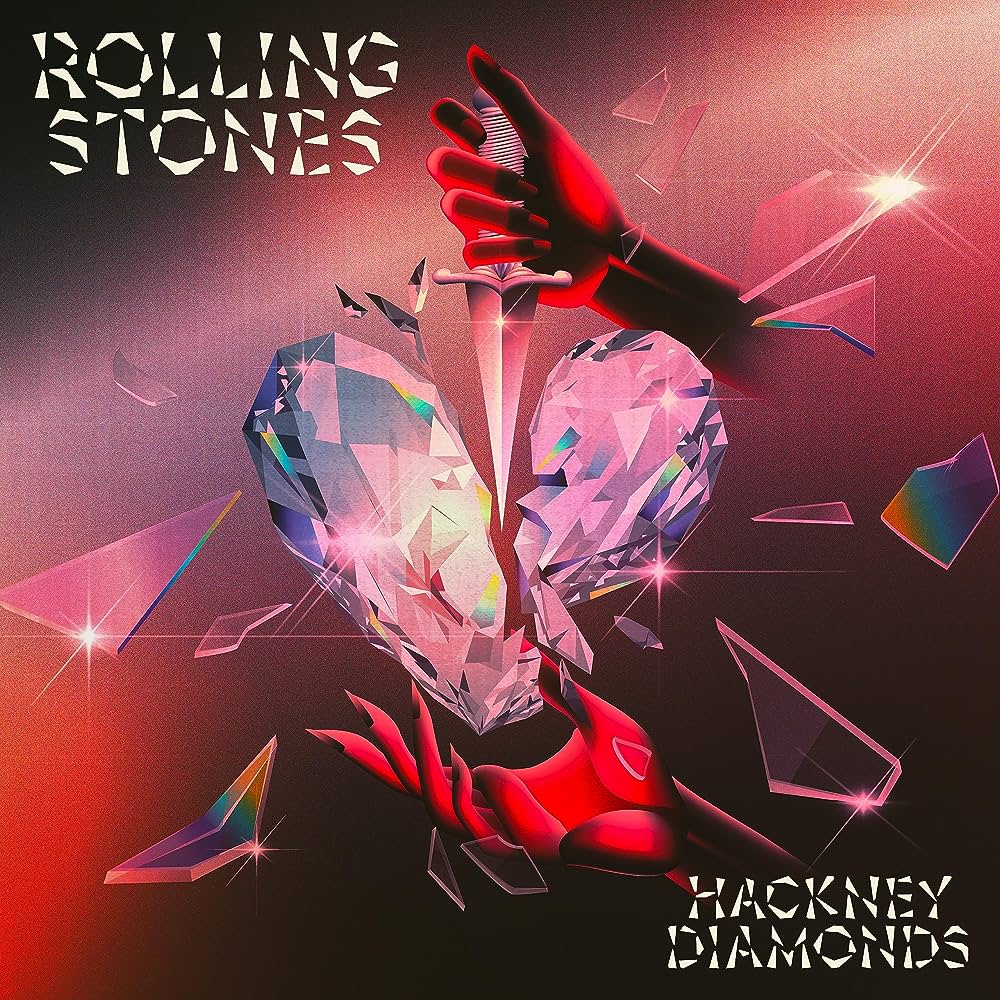
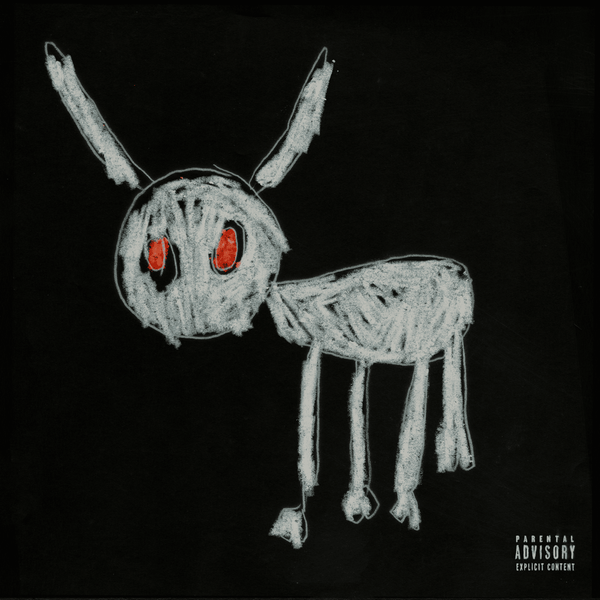





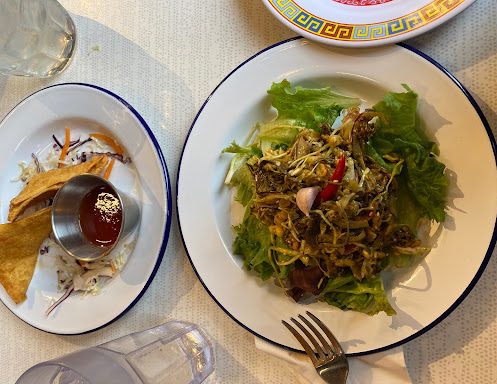
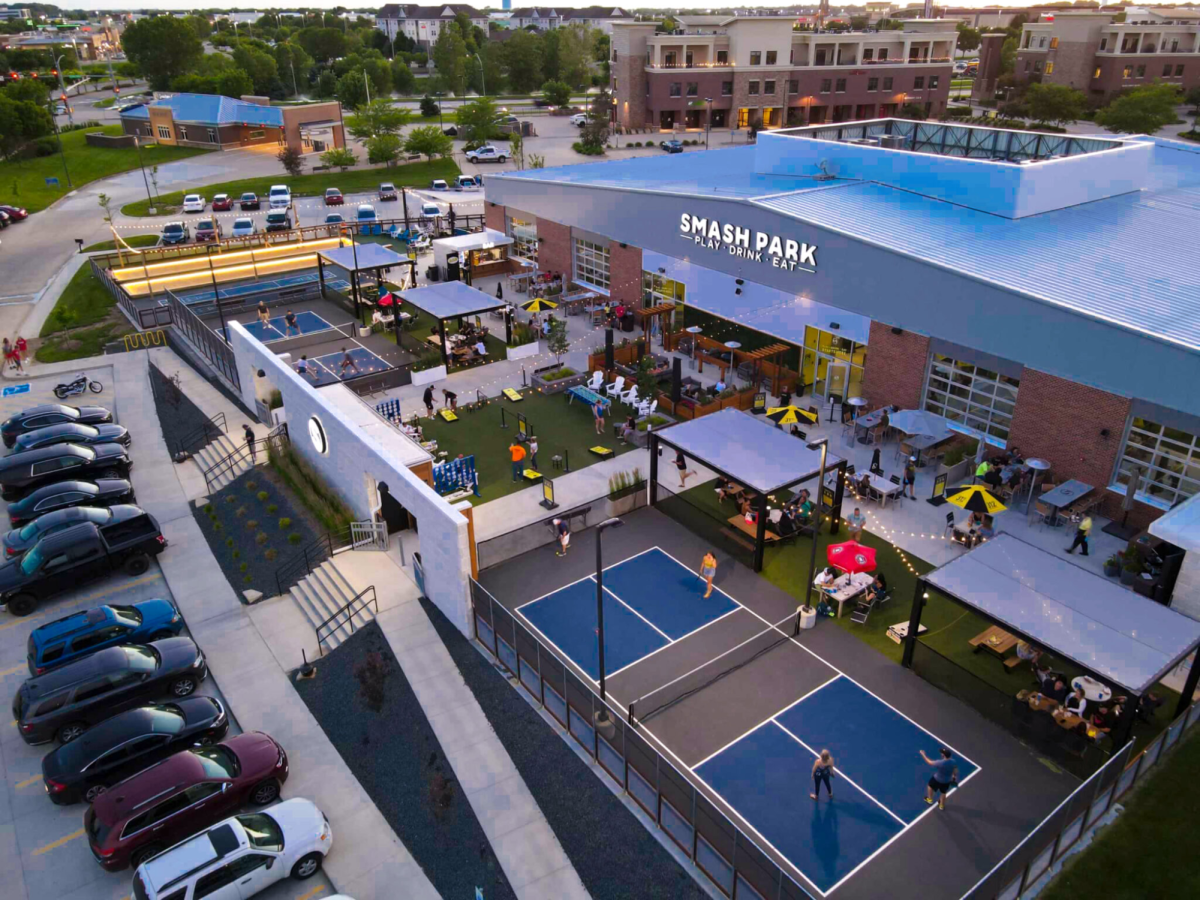


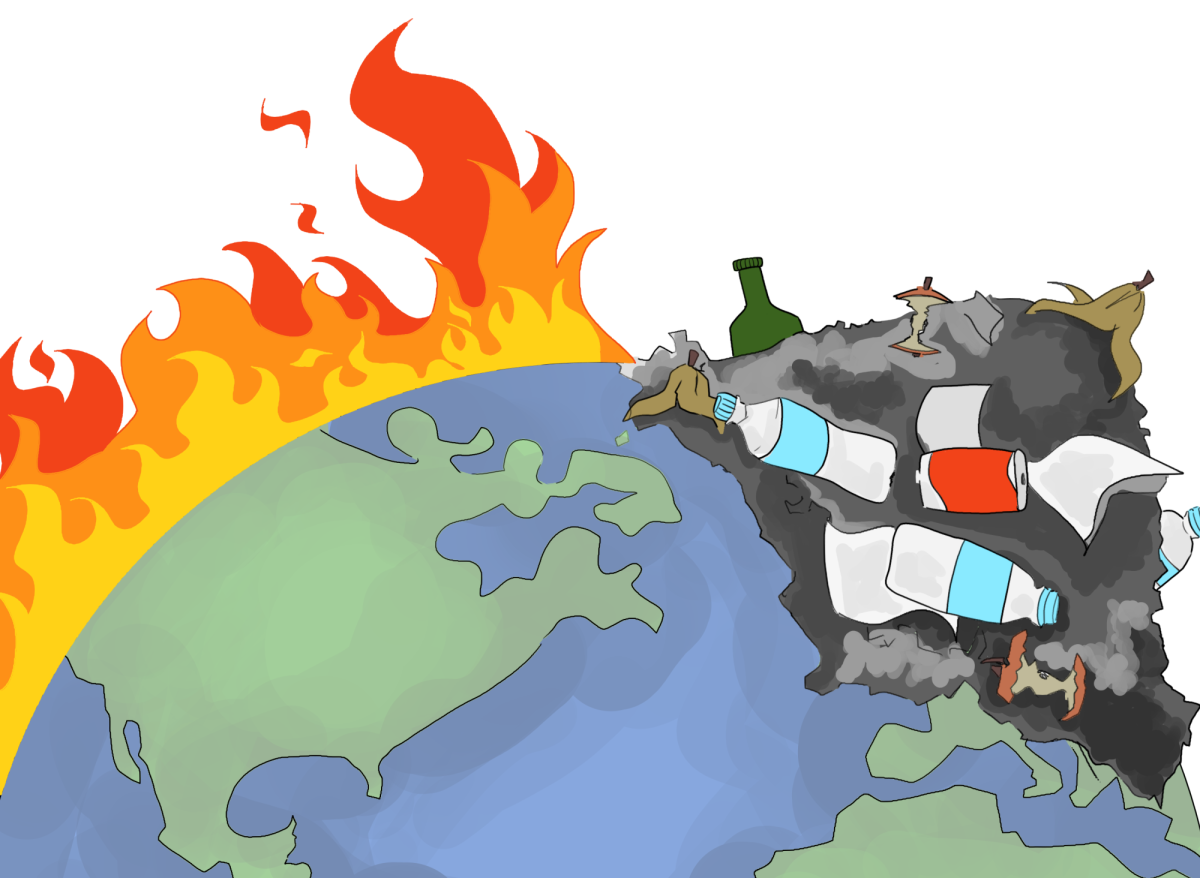


![[OPINION] The dark origins of TikTok's looksmaxxing trend](https://www.mvviewer.org/wp-content/uploads/2024/02/Copy-of-Copy-of-Untitled-Design-1200x675.png)


